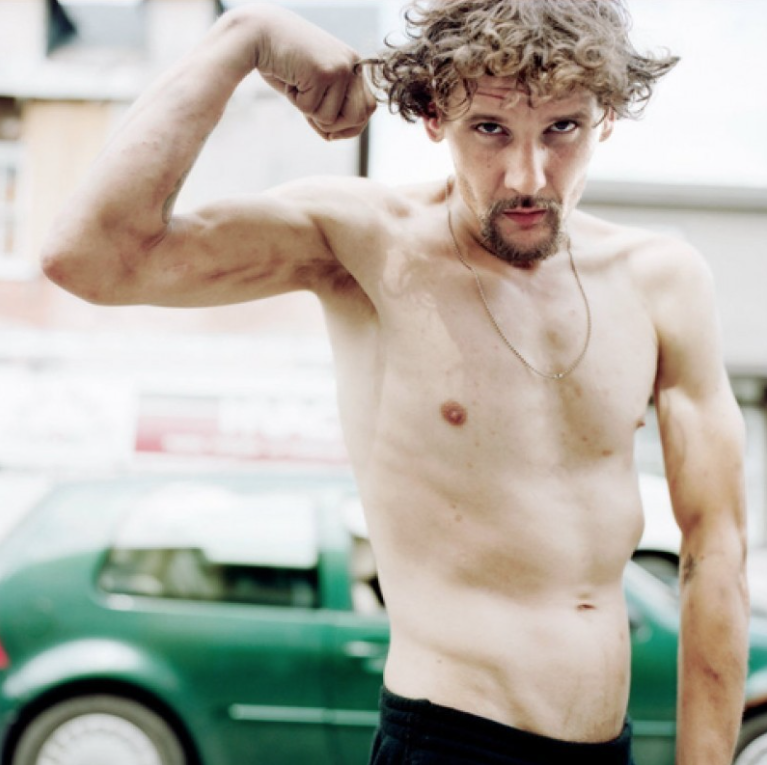SOLD. Tony Fouhse, Joce, ‘User’ Series, 2009
Tony Fouhse, Joce, ‘User’ Series, 2009, A/P Photograph, 16 x 16 inches.
SOLD.
Private Collection, Paris, France.
Fouhse is an editorial and commercial photographer. He also spends a lot of time and emotion photographing personal projects. He has been nominated 3 times for the National Magazine Awards (and won once). His personal projects have attracted international attention and been published around the world. As well, images from his personal work have been aquired by institutional collections including The National Photo Collection of Belgium (on permanent display), the Art Collection of Global Affairs, Canada and the Ottawa Art Gallery Collection. In 2010 he was awarded The Karsh Award for Photography. Every day Fouhse finds himself in a different situation. Different circumstances. No matter, he always throws himself into the experience.
Photos come out of this process.
Convincing. Vigorous. Keen. Uncanny.
USER Statement:
“There’s a corner in Ottawa where anarchy reigns. The people who inhabit that corner aren’t terrorists. They don’t blow stuff up nor do they want to overthrow any system or government. Mostly they just want to be left alone to fight their pain. Their weapon of choice is crack cocaine; the battleground is their bodies and their spirit. Crack addicts.
In 2007 I began going to this corner over and over again, obsessed. Obsessed with documenting the feel and the face of this small society. I worked with a camera and the cooperation and acceptance of the addicts I was photographing. They know me, I know them. We have an understanding. The work I’m doing there feels like collaboration. Some have said I’m collaborating with the enemy. They say that the addicts on that corner should be swept away. Of course, where they’ll go, how they’ll be treated is left unsaid. Addiction has always been with us, always will be. Lip service and knee-jerks count for nothing.
I don’t go down to that corner to fight for or against the addicts, I’m not there to judge. I’m there as an observer, one who has a point of view and the means to express that point of view. The casual passerby will see ugliness and conflict and degradation on that corner. Those all exist there, as they do on other corners, in other places.
But there are other emotions and dynamics to be seen there, too. I see community and fellowship, I see street mothers looking after the young women. I see one kind of pain being replaced with another kind of pain, one that is somehow – we can’t even begin to imagine – more acceptable to the addict. I see creativity, friendship and humanity. I see humans”. – Tony Fouhse, 2012
